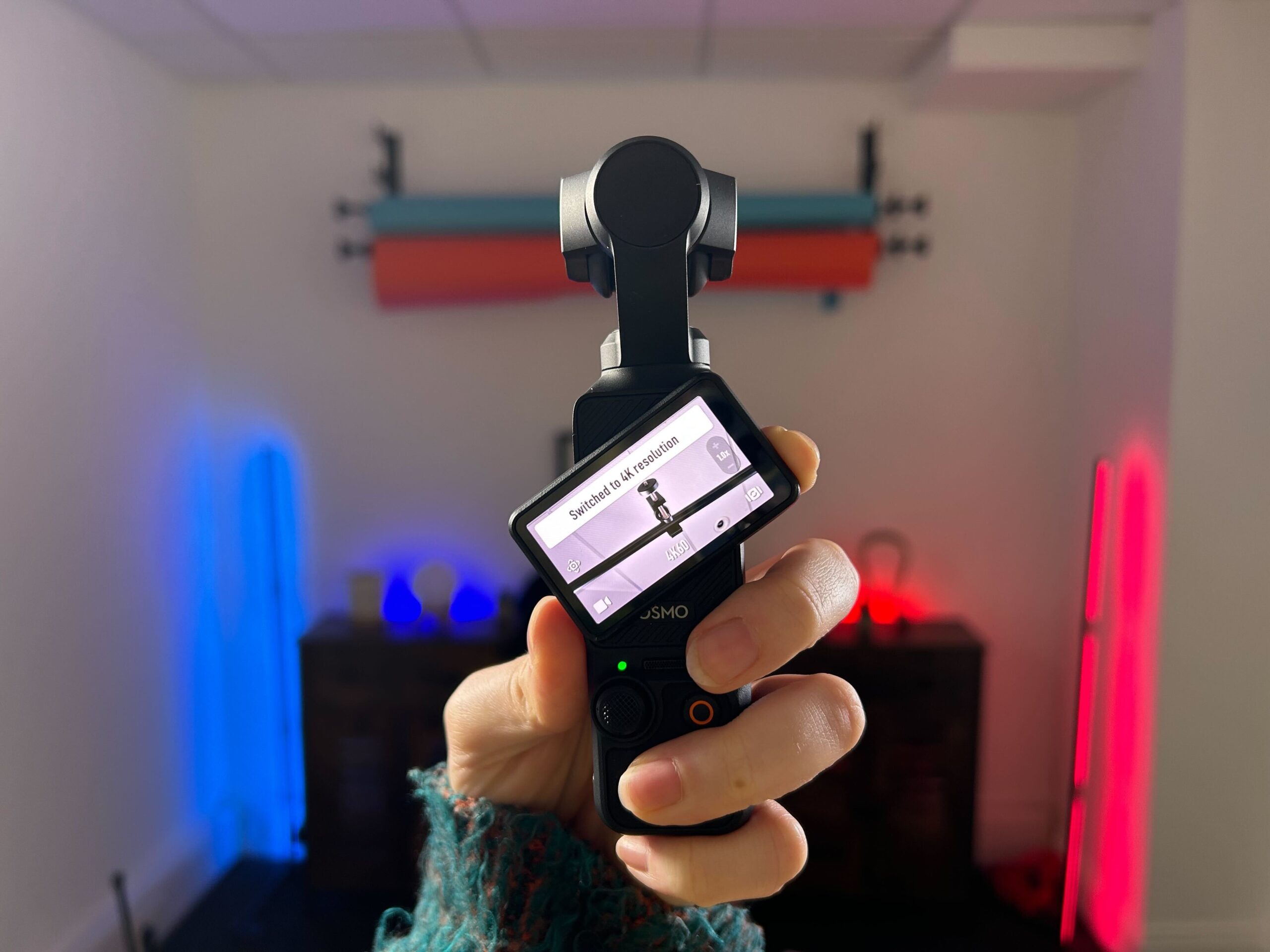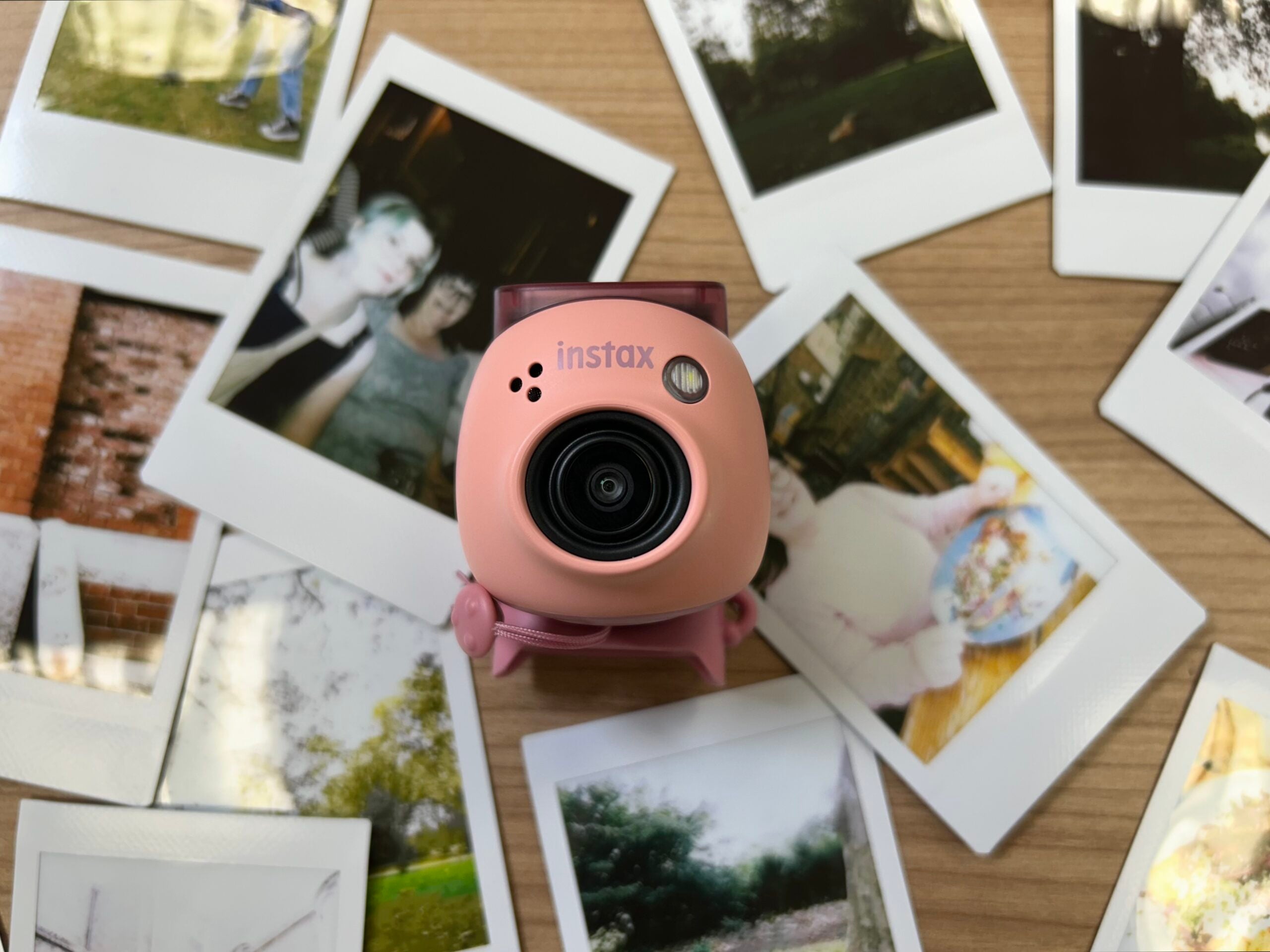Fujifilm X-S20 Review
A tempting choice for any content creator

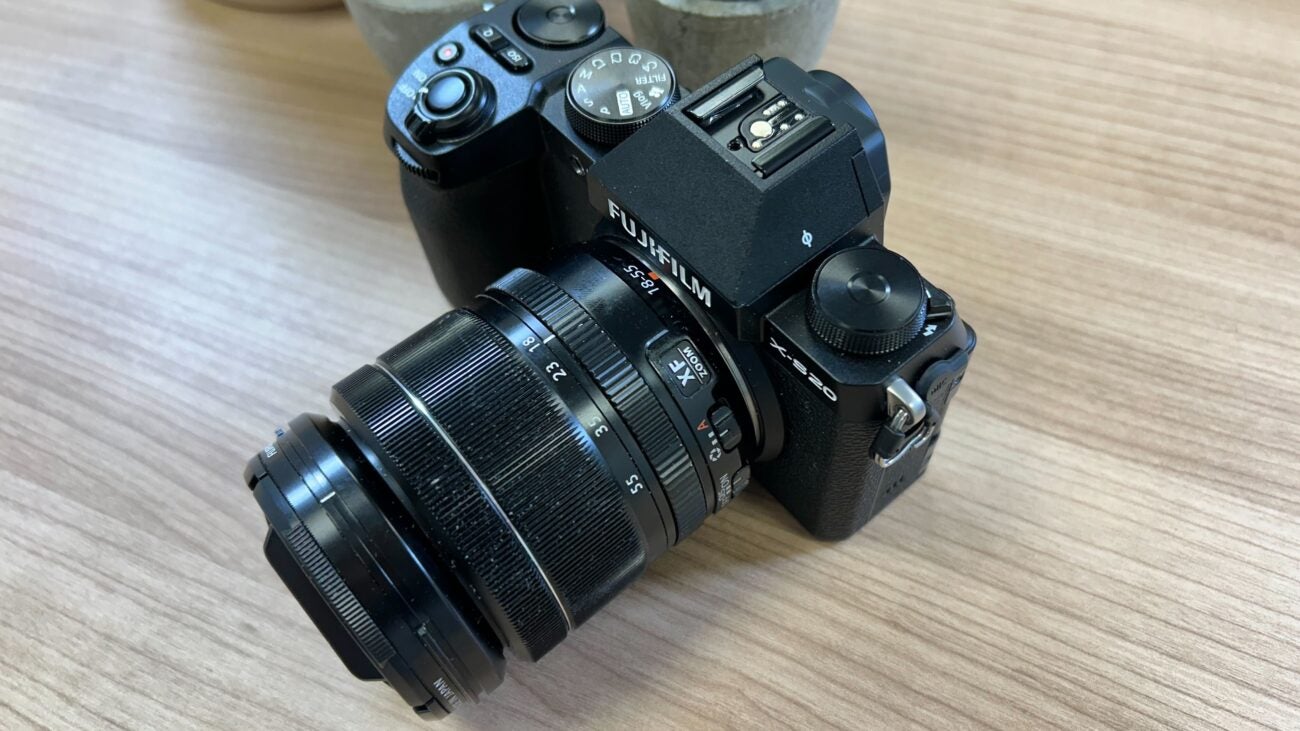
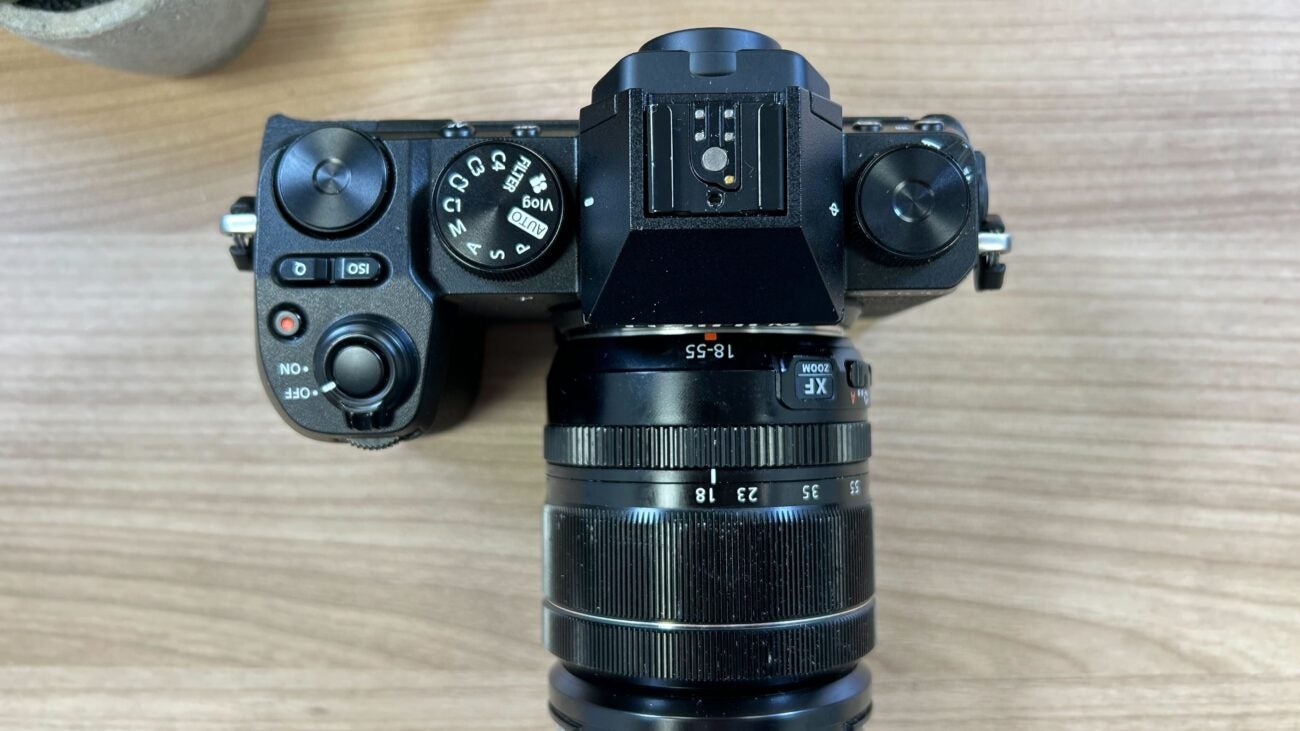

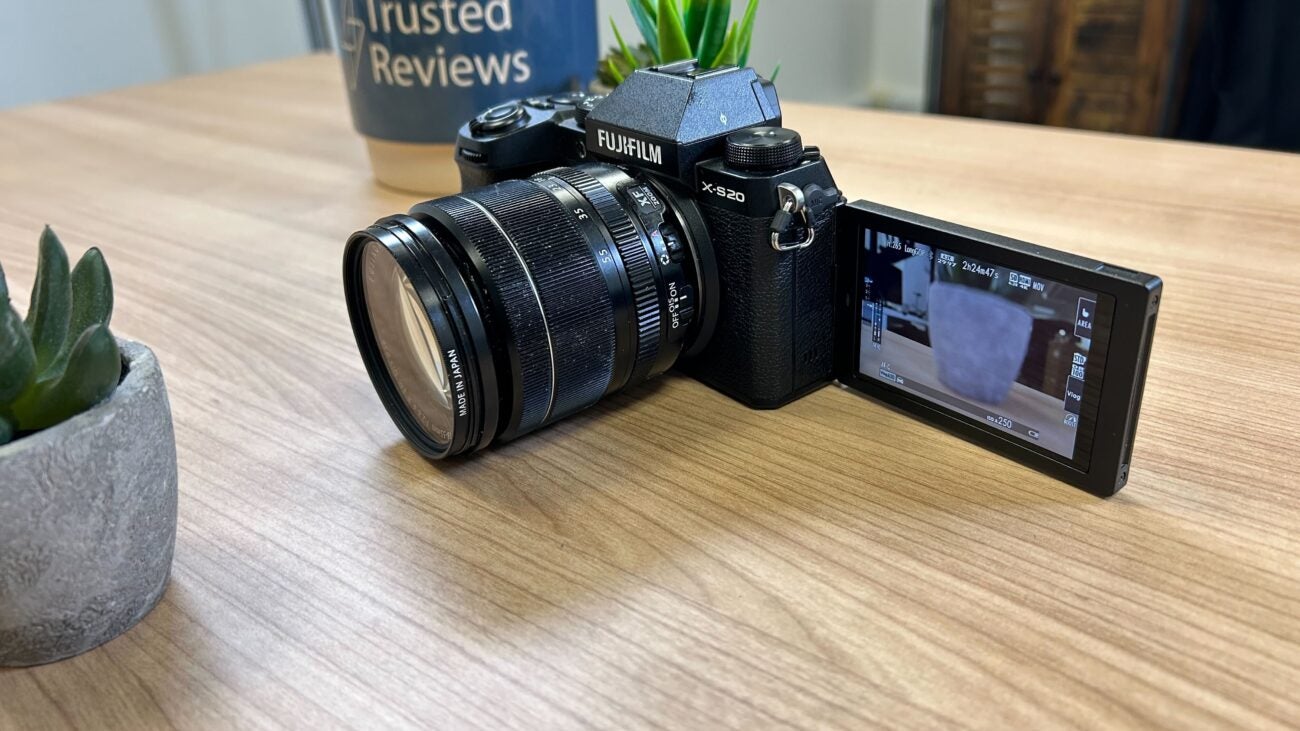

Verdict
The Fujifilm X-S20 is a lightweight camera that can switch between shooting sharp stills and vlogging in 6.2K. However, at £300 more than the X-S10, you might still be tempted by other X Series cameras.
Pros
- Speedy AF and new subject tracking modes
- Dedicated vlogging mode
- Improved battery life
Cons
- No sensor upgrade
- The price has gone up
Key Features
- 26.1-megapixel stillsFujifilm X-Trans 4 CMOS sensor
- X-Processor 5Same image processor used in the X-T5 and X-H2
- Subject tracking AF detects animals, birds, cars, motorcycles, bicycles, planes, trains and more
- 6.2K/30p videoBuilt-in vlog mode brings features like Background Defocus and Product Priority
Introduction
It’s been a few years since Fujifilm launched its mid-range X-S10 camera in 2020 and a new model has arrived to take its place.
The Fujifilm X-S20 is a slim mirrorless camera that sports a familiar design and the same image sensor as its predecessor. However, the camera is also equipped with new subject tracking modes, a longer battery life and an upgraded 6.2K video resolution.
Keep reading for my full review of the Fujifilm X-S20.
Design
- Compact and lightweight
- 3-inch vari-angle touchscreen suitable for vlogging
- Controls are very clean with pared-down selection of buttons and dials
The visual appearance of the Fujifilm X-S20 isn’t far off the X-S10 with its compact design, clean button layout and Fujifilm X interchangeable lens mount.
At 491g, the camera is more lightweight than Fujifilm’s own X-T5 and X-H2, while also being small enough to work well for travel and street photography. The grip is also sufficiently deep, helping the camera feel secure in one hand.

Despite its small size and lightweight feel, the X-S20 also feels very durable. I’d still opt for the GoPro Hero 12 when capturing video in more extreme environments, but I wouldn’t worry about the X-S20 getting damaged in my bag during everyday use.
The X-S20 is one of the only Fujifilm X Series cameras to retain the 3-inch vari-angle touchscreen monitor that flips out for framing selfies and vlogs after the company reverted to a 3-inch three-direction tilting touchscreen on the X-T5. This makes it a compelling option for vloggers and creatives in need of a camera that can handle both photo and video.

Alongside the LCD monitor, the X-S20 also comes with a 0.39-inch, 2.36 million dot OLED electronic viewfinder, which I found to be bright and sharp.
Fujifilm has included a good selection of buttons and dials on top of the X-S20 while keeping the rear of the camera relatively sparse and clean with just the Menu, Back button and joystick. Despite this, the menu, quick settings, flash, autofocus and ISO are all accessible at the press of a button.
There’s also a dial atop the camera for toggling through shooting modes and a joystick for cycling through menus and adjusting the focus zone.

I would have liked a separate arrow pad for navigating the menu as I found the joystick a bit fiddly to use at times, but the touchscreen helps in this regard.
The Fujifilm X-S20 requires a single SD card, though you’ll want to opt for a UHS-II card to take full advantage of the camera’s specs.
Features
- Improved subject detection
- Built-in Vlog mode with Product Priority and Background Defocus features
- Battery offers 2x the number of stills, but beware of overheating
Compared to the X-S10, the Fujifilm X-S20 can detect and track a wider range of subjects. This is thanks to the Deep-Learning AI Technology powered by the latest X Processor 5 image processing engine.

The Fujifilm X-S20 can now detect animals, birds, cars, motorcycles, bicycles, airplanes, trains, insects and drones, alongside the usual human faces and eyes, putting the camera on par with the similarly priced Sony A6700.
I found the autofocus on the X-S20 to be impressively fast and accurate, latching onto people, bikes and cars equally well to capture sharp shots in fleeting moments. The Auto mode also automatically detects and tracks your subject, making it easy to move between scenes and subjects.
The camera also includes five-axis in-body image stabilisation with up to 7 stops of compensation for steady shooting in low-light conditions, as well as when shooting handheld. I tested the camera out when roaming around a local garden centre and experienced no obvious shake when shooting indoors or while walking around the grounds.

One of the best features of the X-S20 is the Vlog mode, which includes two new features: Product Priority and Background Defocus.
The Product Priority mode is a handy feature for influencers and product reviewers as it prompts the focus to transition from your face to an object when that object is held in front of you. This is a feature we’ve seen before on cameras like the Sony ZV-E10 and the DJI Osmo Pocket 3, and I found it works just as smoothly on the X-S20.
Then there’s the Background Defocus mode which creates a natural bokeh effect that puts the focus on your subject at the tap of a finger. There’s also support for Apple ProRes RAW and Blackmagic RAW when recording video via HDMI, but not internally.
The Fujifilm XApp makes it easy to back up your photos and transfer them to your smartphone. I found the remote control to be particularly handy as I could set the camera up and use it as a remote shutter to snap selfies and group photos.
Like other Fujifilm cameras, the X-S20 comes with 19 Film Simulation modes designed to replicate the colours and tones of classic film in-camera.

When it comes to battery life, I found that the Fujifilm X-S20 was able to capture 20 minutes of continuous 4K/60p video before overheating and powering down. I proceeded to increase the temperature limit – an option that isn’t recommended for handheld shooting – and managed to get another 20 minutes of footage from the camera before it reached its extended heat limit and shut down at about 60% battery.
Unless you’re planning to create the next 1917 movie, 20-40 minutes should be more than enough time to record video without breaks. Just be aware that the camera does get very hot and cannot operate in temperatures above 40℃ or below 0℃.
As far as stills go, the battery capacity on the X-S20 is more than double that found on the X-S10, taking Fujifilm’s estimation up from 325 to 750 frames (or 800 frames in economy mode). That’s also 200 more shots than the 550 photos delivered by the Sony A6700.
Image and video quality
- Same 26.1-megapixel X Trans 4 CMOS sensor as the X-S10
- The sensor is paired with the latest X-Processor 5
- Both images and video are bright and sharp
The Fujifilm X-S20 is powered by Fujifilm’s X-Processor 5, an image processing engine that can also be found in the X-T5, X-H2 and X-H2S.
However, unlike its fellow 2023 cameras, the X-S20 sticks with the 26.1-megapixel X-Trans 4 sensor as the X-S10. Carrying the same sensor as the pricier X-T4 and X-Pro3 was a plus for the X-S10, but now that the X-T Series has moved on and the price of the X-S20 has increased, the older sensor doesn’t quite have the same draw.
I paired the X-S20 with a Fujinon 18-55mm lens for the majority of my time with the camera, though I also got the chance to play around with Fuji’s new 8mm lens during my initial briefing with Fujifilm as you can see in the photo of the sea further down.



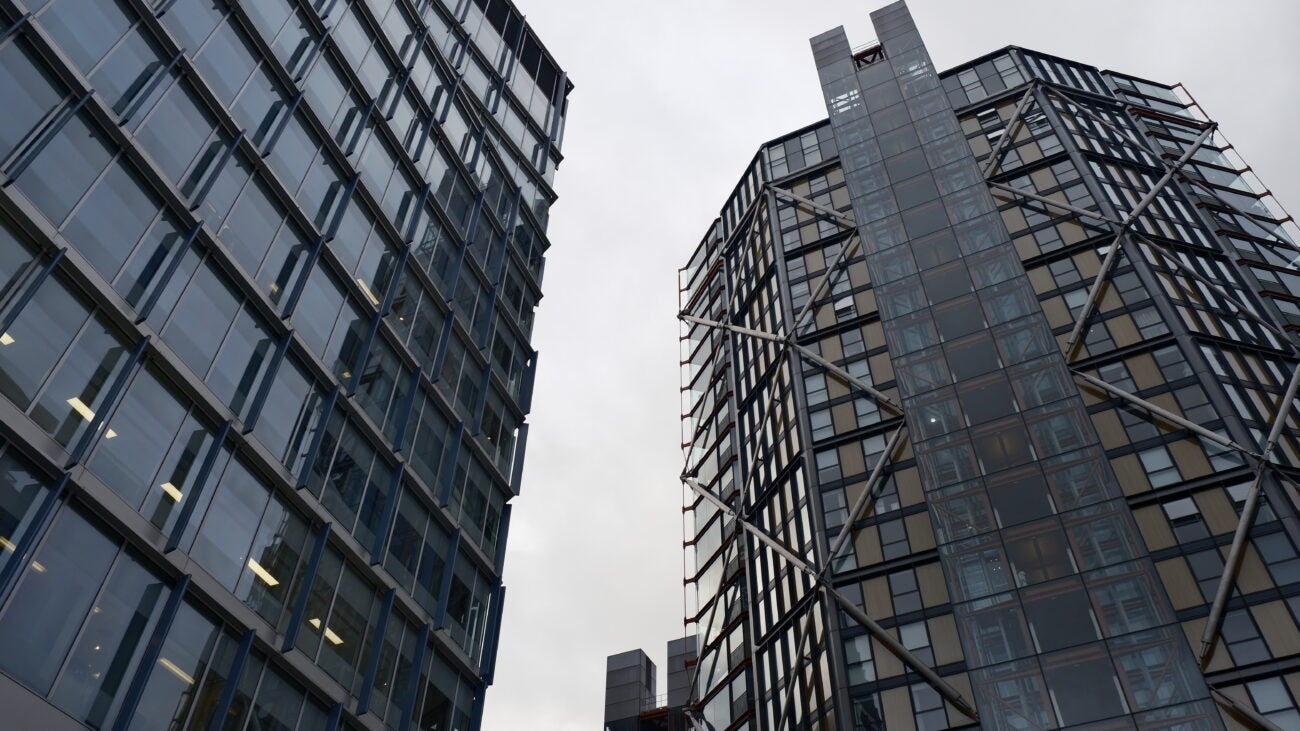
I found images to be bright and sharp straight out of the camera, with vibrant realistic colours in daylight and a high amount of detail retained in low-light environments. The camera has an ISO range of 160 to 12800, or 80 to 51200 extended.




Along with 26.1-megapixel stills, the X-S20 is also capable of recording 6.2K video at up to 30p and 4K video at 60p.
I found the video to be sharp and saturated, even in low-light conditions. The stabilisation isn’t bad, but I would recommend pairing the X-S20 with a gimbal such as the DJI RS 3 Mini to further mitigate shake if you plan to capture a lot of handheld video content.
Latest deals
Should you buy it?
You want a well-rounded mid-range camera
If you’re looking for a slim, lightweight camera with strong photo and video skills, a wide variety of features and an improved battery life, the Fujifilm X-S20 delivers at a mid-range price point.
You want a budget camera for vlogging
If you’re searching for a cheap vlogging camera and aren’t interested in snapping stills, other cameras might better fit your needs for less. The Sony ZV-E10 packs many of the same vlogging features as the X-S20, while the DJI Osmo Pocket 3 and GoPro Hero 12 offer smoother stabilisation.
Final Thoughts
The Fujifilm X-S20 is a solid mid-range hybrid camera and a worthy upgrade on the Fujifilm X-S10 that came before it. The X-S20 features a similar design to the X-S10, but incorporates the latest X Processor 5, more subject detection and tracking modes and improved power efficiency, resulting in a significantly longer battery life.
The X-S20 also brings with it a new vlogging mode with Product Priority and Background Defocus features, as well as support for 6.2K/30p video.
There are some cons. The X-S20 sticks with the same 26.1-megapixel X-Trans 4 sensor as its 2020 predecessor where other X Series cameras have moved on. The X-S20 has also seen a hefty price hike for 2023, taking the cost of the camera up to £1249 and, therefore, closer to that of other X Series models.
Check out our Best Camera and Best Vlogging Camera guides for more options.
How we test
We test every camera we review thoroughly. We use set tests to compare features properly and we use it as our main device over the review period. We’ll always tell you what we find and we never, ever, accept money to review a product.
Tested the camera in a variety of scenarios and lighting conditions.
Measured the battery life while recording video.
Explored the Fujifilm XApp companion app.
FAQs
The Fujifilm X-S20 can capture 26.1-megapixel stills and 6.2K/30p or 4K/60p video.
The Fujifilm X-S20 can detect animals, birds, cars, motorcycles, bicycles, airplanes, trains, insects and drones, alongside human faces and eyes.

